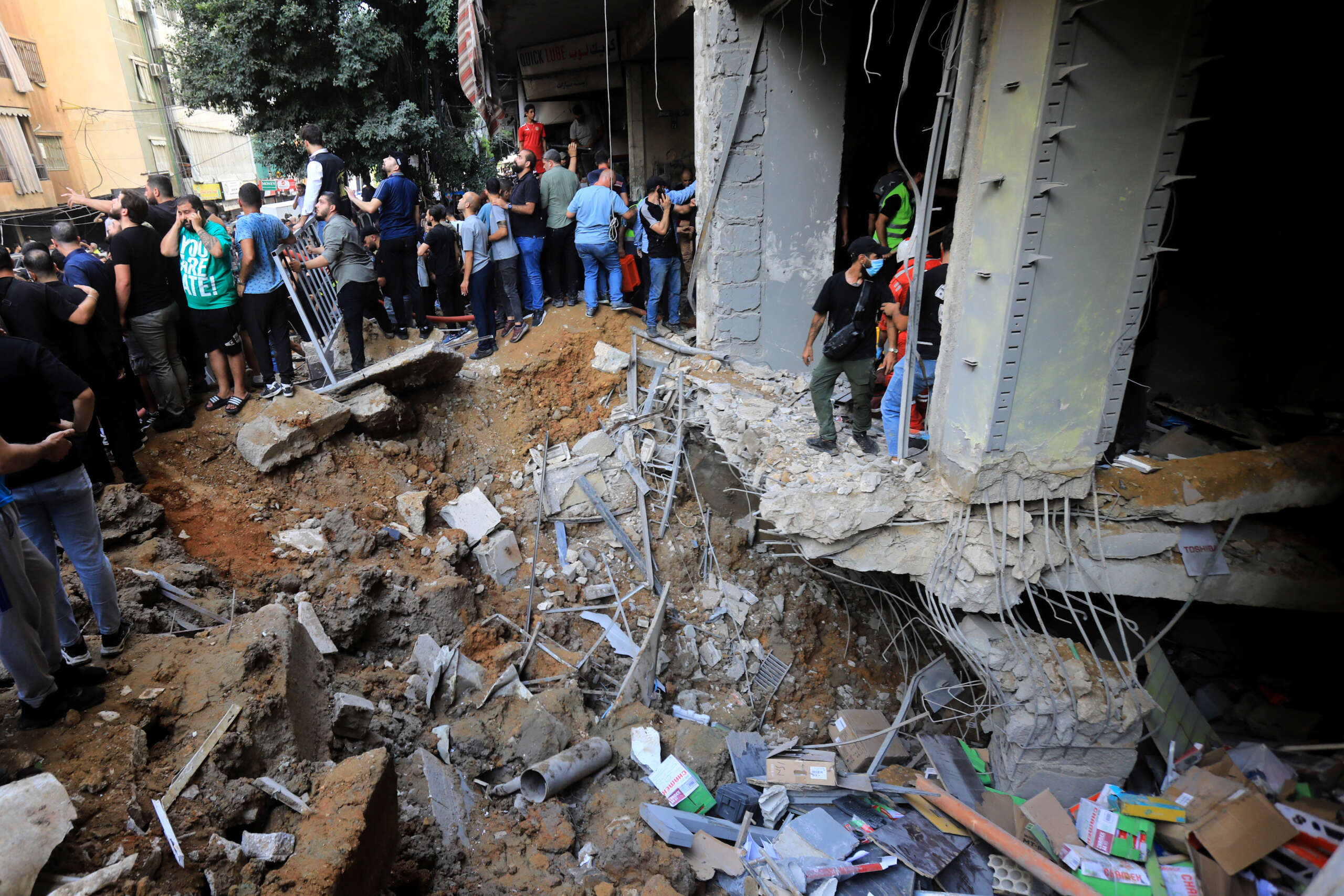There was no hint of de-escalation as Israeli warplanes bombed a residential area of Beirut on Friday, killing at least 31 people, including multiple Hezbollah commanders, and wounding at least dozens of others. Lebanon’s Ministry of Health said that the dead include three women and seven children.
During a Saturday television interview, Israeli Minister of Education Yoav Kisch falsely proclaimed that “there is no difference between Hezbollah and Lebanon.”
“The way things are progressing at the moment, Lebanon will be annihilated,” he vowed. Pressed on the genocidal implications of the word “annihilated,” Kisch said, “Lebanon as we know it will not exist.”



Before israel existed, anti-semitism didn’t exist in the middle east apart from zionists collaborating with the nazis.
deleted by creator
Look up Hebron massacre 1929 for starters.
Where was Jerusalem Mufti Al-Husseini during WW2?
Farhud in Iraq ring a bell?
To correct the other guy, “before Israel existed” is wrong. It’s before the Zionist project started. So you’re looking at the 19th century and before.
https://en.wikipedia.org/wiki/Antisemitism_in_Islam
deleted by creator
I mean yes, but what I’m trying to say is that antisemitism wasn’t constant and came and went with time and place, like any other kind of xenophobia (or less so, because Jews and other people of the book are guaranteed civil rights in the Quran). Jews, as a rule, could live normal lives with no or minimal segregation under Muslim rule and the middle east was historically a safe haven for Jews fleeing persecution in Europe. It was, simply put, nothing like the region today or Europe historically.
Persecution in europe also wasn’t constant. It varied significantly as well.
In the best case Jews were second class citizens under Muslim rule. They had to pay a special tax, were forbidden to own horses or weapons, and wear special clothing.
I mean you can look at this:
https://en.m.wikipedia.org/wiki/History_of_the_Jews_under_Muslim_rule
The Middle East was, as I said before, a safe haven for Jews who suffered from persecution in Europe for most of history. There were instances of persecution, but what was considered normal in Christian Europe was much more of an exception in the Muslim world.
Here
1929
Husayni Exile to Nazi Germany